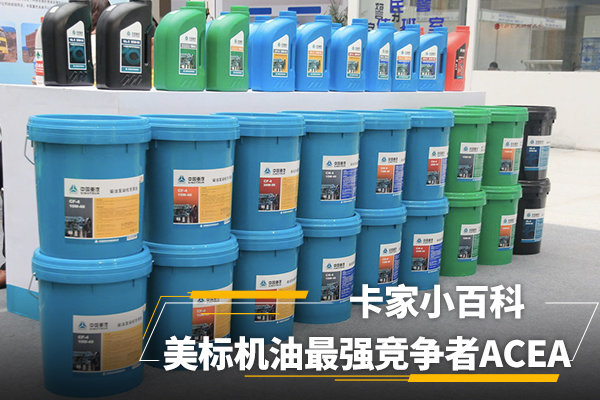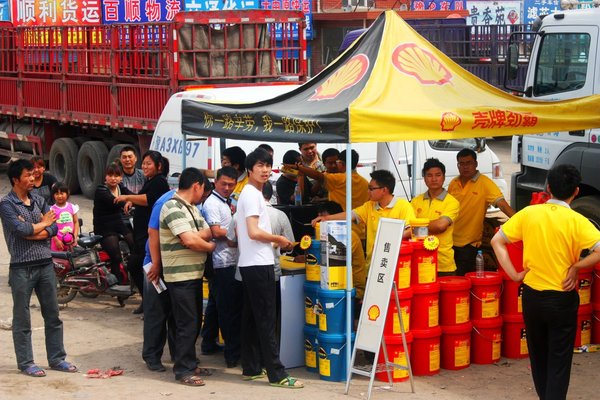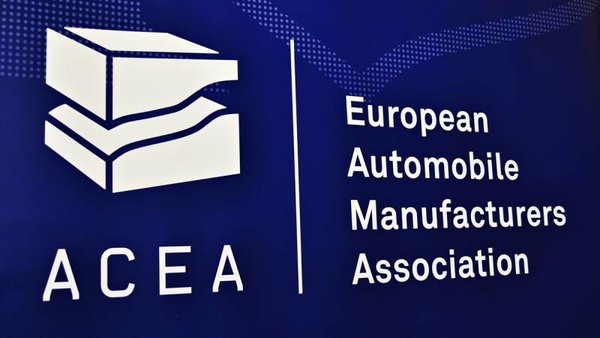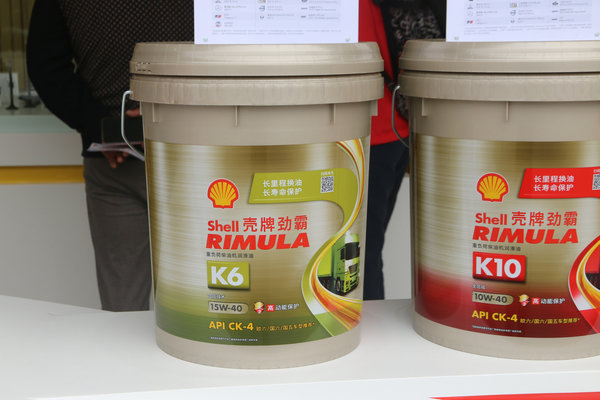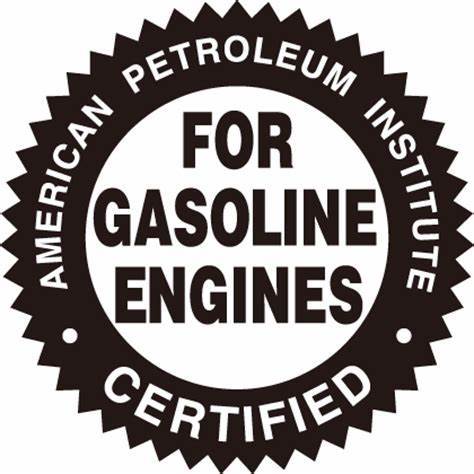01
2025
-
08
Truck Encyclopedia (23): The US-Europe dispute API benchmarks ACEA
Foreign truck brands that we are familiar with: MAN, Volvo, Daimler, Renault, Scania are all from Europe. European trucks are so powerful, so is there a powerful oil standard in Europe?
The answer is yes! Moreover, this standard in Europe may be more stringent than API.
▎正儿八经源自欧洲——ACEA
ACEA stands for Association des Constructeurs Europeans, which translates to the European Automobile Manufacturers Association. ACEA is derived from its predecessor, the CCMC (European Common Market Automobile Manufacturers Council).
At present, ACEA represents 16 European automakers, including Daimler, Volkswagen, DAF Trucks, Renault Group, Volvo, PSA Group, and BMW Group.
Due to the difference in car manufacturing ideas, the engine oil of API specifications cannot meet the requirements of European cars, so the European Common Market Automobile Manufacturers Association CCMC has successively released its own engine oil specifications as early as 1983:
Gasoline engine oil specifications: G1, G2, G3, G4, G5.
Diesel engine oil specifications: D1, D2, D3, D4, D5.
Car diesel engine oil specifications: PD1, PD2.
In 1996, ACEA replaced CCMC and divided engine oils into:
Class A gasoline engine oil, replacing CCMC's G series specification.
Class B light-duty diesel engine oil, replacing CCMC's PD series specifications.
Class E heavy-duty diesel engine oil, replacing CCMC's D series specification.
In 2004, ACEA combined Class A gasoline oil and Class B light-duty diesel engine oil into A/B specifications.
Added C-grade engine oil, which is compatible with aftertreatment systems.
Class E specification is heavy-duty diesel engine oil.
Here we mainly talk about the E specification related to heavy-duty diesel engines.
After evolution and upgrading, after 2008, ACEA divided Class E heavy-duty diesel engine oil into E4, E6, E7, E9.
E4
Stable oil product and extended oil change mileage. It has a good effect on the cleanliness, anti-wear, soot content and lubrication stability of the piston.
But E4 is not suitable for engines equipped with DPF (particle capture filter).
E6
It has excellent control of piston cleanliness, anti-wear, soot content and lubrication stability.
Suitable for engines equipped with DPF (Particle Capture Filter), EGR (Exhaust Gas Recirculation) and SCR (Selective Catalytic Converter). At the same time, the E6 standard recommends the use of low-sulfur diesel.
E7
Oil stability, extended oil change mileage, effective control of piston cleanliness and cylinder wall polishing, excellent control of wear resistance, soot content and lubrication stability.
It is suitable for engines without DPF (particle capture filter) and some units with EGR (exhaust gas recirculation) and SCR (selective catalytic converter).
E9
Oil stability, extended oil change mileage, excellent effect on piston cleanliness and cylinder wall polishing, cylinder wall polishing performance is better than E7, providing excellent control of wear resistance, soot content and lubrication stability.
It is recommended for engines equipped with EGR (exhaust gas recirculation) and SCR (selective catalytic converter) NOx reduction systems. At the same time, the E9 standard is strongly recommended for use in engines equipped with DPF (particle capture filter) and in combination with low-sulfur diesel.

ACEA E specification oil characteristics diagram
As you can see from the above, E4 and E6 are low HTHS viscosity oils, while E6 has a lower SAPS value.
while E7 and E9 are high HTHS viscosity oils, while E9 has a lower SAPS value.
Simply put, E4 is economical, fuel-efficient, and has a long oil life. The E6 is an eco-friendly version of the E4 and requires a combination of a post-processor and low-sulfur diesel for use.
The E7 is slightly fuel-intensive, but the engine is more protective and the oil life is longer. The E9 is an eco-friendly version of the E7 and requires a combination of a post-processor and low-sulfur diesel for use.
HTHS refers to high temperature and high shear value, which can be simply understood as oil film strength.
SAPS refers to sulfate ash, which mainly affects environmental protection.
▎This standard may be stricter than the API - ACEA
As mentioned earlier, ACEA represents 16 European automakers, including Daimler, Volkswagen, DAF Trucks, Renault Group, and Volvo Group. And these 16 manufacturers almost include the imported truck brands we can see.
As the setter of the standard and the producer of the vehicle, as you can imagine, this standard is almost tailor-made for European trucks.
Below, we will briefly compare the performance of the same period of gasoline oil standards SN PLUS and A5B5 standards, as well as the diesel oil standards API CK-4 and ACEA E9 of the same period.
The standard ACEA E9 and API CK-4 for heavy-duty diesel engines are not much different. As can be seen from the radar diagram, API CK-4 focuses more on oxidation resistance, while ACEA E9 focuses more on corrosion resistance and perforation protection.
Through the above comparison, it can be seen that API standards and ACEA standards have their own strengths. However, this does not mean that API certification standards necessarily lag behind ACEA. It can only mean that the oil not only meets the design requirements of the engine manufacturer, but also provides additional protection under harsh working conditions, frequent start and stop, and longer oil change intervals.
▎ILSAC, International Lubricant Standardization and Certification Committee
ILSAC is an organization jointly established by the Association of American Automobile Manufacturers (AAMA) and the Japan Automobile Manufacturers Association (JAMA) to certify lubricant product specifications, and its certification is commissioned by the American Petroleum Institute (API). In October 1990, ILSAC promulgated the test specification GF-1 for internal combustion engine oil for gasoline vehicle engines, and the agency has formulated the GF-1, GF-2, GF-3, GF-4, and GF-5 specifications for gasoline engine oil.
Simply understood, ILSAC is an enhanced version of API oil.
Conclusion
As the most advantageous competitor of API standards, it is also a vehicle/engine manufacturer, ACEA sets standards and participates in production, and ACEA standards have a lot of voice.
As a consumer, choosing a product with the right certification standard can better protect your car, but you must choose the right product according to your actual use. We cannot blindly pursue the latest certified products. After all, what is best for you is not necessarily the best.



